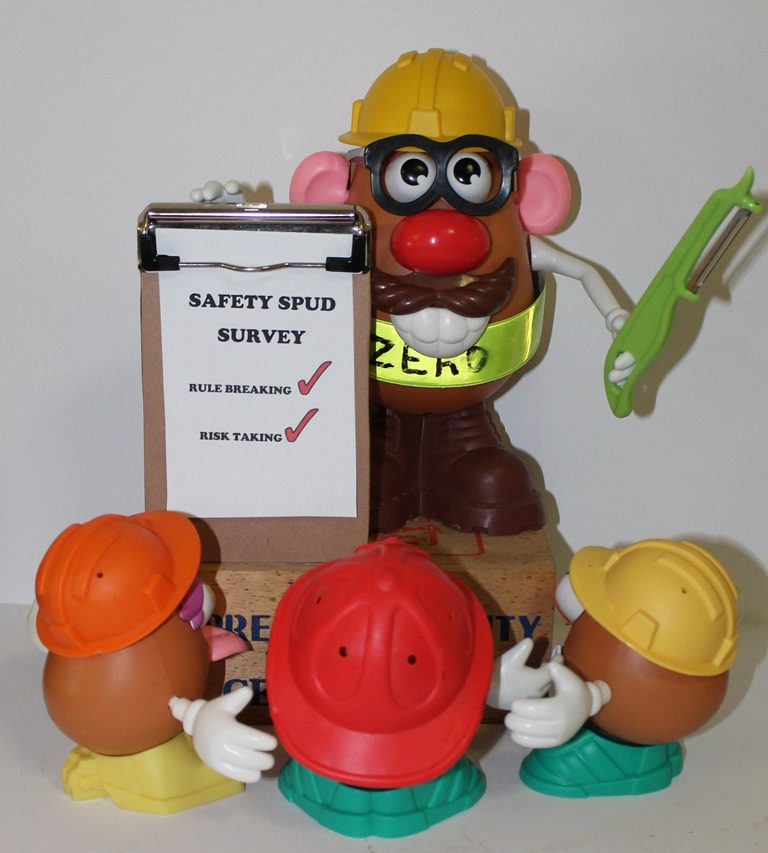 Effective Safety Committees
Effective Safety Committees
An effective safety committee is one in which motivated committee members communicate problem solving ideas and promote general safety in all employees. A fully comprehensive safety team demonstrates the company’s commitment to safe and healthy employees, and the team builds upon effective safety practices to encourage further injury prevention.
Committees should be formed with ideally five to seven members, consisting of employees, managers, and safety professionals. All departments should have one representative, and membership should be voluntary. Setting up committees based on a voluntary basis with a wide range of representatives will produce the most effective and comprehensive communication.
A truly effective committee will provide the following:
- Enthusiasm for safety as a business building venture and as an employee health venture
- Commitment to the company morale by both managers and employees
- Committee teamwork and employee teamwork
- Direction and goals for the safety procedures
- Continued commitment to safety through leadership, teamwork and follow up
Committees will be most effective through an effective leader, often a manager with proven leadership ability, although some entry-level employees may seek the leadership role as a business opportunity and can do quite well in leading the team. The team leader should establish the safety needs and/or safety percentages in the first meeting. Establishing these cues will help guide the team in the direction(s) needed.
Discussions can be effectively lead by a team leader through minutes and typical structure, however, it is often helpful to have direction from a safety professional, either as a leader or as a team member. Reviewing the most recent accident percentages, to which a safety professional will have access, will assist the team in determining the most effective safety regulations necessary. As the team reviews this safety data, the team can brainstorm safety procedures, and a safety professional can help guide the team through safety history and newly introduced procedures.
Communicating the new safety procedures to all other employees can be accomplished through memos and/or meetings. Effective communication is usually found in face-to-face meetings, and the following suggestions can help make meetings more interesting:
- Bring in a guest speaker
- Offer refreshments – free donuts and coffee can draw a crowd
- Present awards
- Show safety slides or movies
- Play games and/or set up safety demonstrations
- Encourage employee interaction – ask questions
Meetings can be followed by occasional memos and/or safety facts, and a follow up plan should be established. Most often, managers will be the best resources for safety follow up, so quarterly meetings with the management team can assist the safety team in assessing the effectiveness of safety management.
Safety affects every member of your business team. Effective safety management can be established and continued through safety committees consisting of employees and managers. As the team leader helps direct the safety committee through brainstorming, establishment, and continuation of safety rules and procedures, and effective safety committee can increase your company’s safety ratios.



Do you have any thoughts? Please share them below